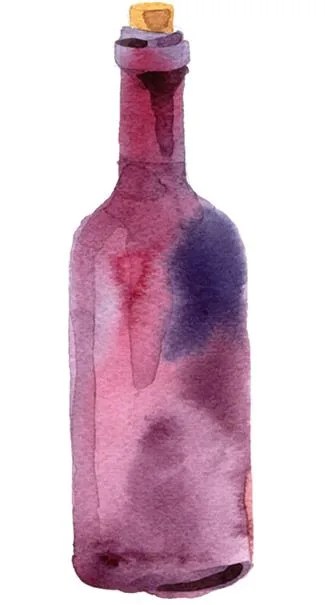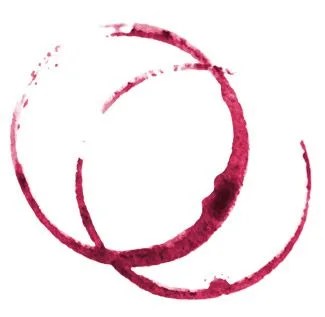You might be a strict Cabernet Sauvignon guy. Maybe a Merlot die-hard. Or, perhaps Riesling is more your speed. Whatever your vinous affiliation, it feels good to have a “thing” when it comes to wine — an ID badge, a secret handshake among other like-minded drinkers in the crowded club full of untenable scores and vintage reports. Sitting around, swirling away and discussing things like terroir and that uncannily, awfully coined thing known as mouthfeel, it’s easy to forget the little guy that makes it all possible. No, not your friendly neighborhood sommelier or the dude who wields the scorecard. We’re talking about the grape. Wine comes from grapes. Remember?
Grapes (specially, grapes of the species vitis vinifera) are the stuff of wine. They’re little spherical wonders that have produced some of the world’s most unique, historic, culturally significant beverages for thousands of years. Thousands. As such, we think they deserve a closer look. What about a grape makes good wine?
Skins
If you’re a red wine lover, this is where your two best buds, color and tannin, hang out. It’s true that white grape skins (and pink grape skins, as in the case of Pinot gris, for example) contain color and tannin too, but for the sake of simplicity, we’ll concern ourselves with what the skin means for red wine.

Aside from keeping all the good stuff in and all the bad stuff out, the skins of the grape are largely responsible for the structure of wine, because they’re the keepers of the tannins. Tannins are what give wine that textural grip and contribute to (ugh) mouthfeel. Good winemakers know what to do to extract the largest (or smallest) amount of tannin from the skins depending on what style of wine they’re going for. They do this by controlling how long the grapes are allowed to macerate — or, sit in a fermentation vessel — and how gently the grapes are pressed after maceration. Maceration and crushing are both processes that allow tiny little particles of grape skin to release into the grape juice; the quicker the maceration and the gentler the crush, the less tannin-loaded the resulting wine, and vice versa.
So, if the winemaker’s going for a powerful, full-bodied style (think Châteauneuf-du-Pape), those grapes might be left to ferment and macerate, juice and skin together for several weeks. They might be stirred around a lot (a process called remontage), either by hand or mechanical pump, to help encourage little bits of grape skin (and, thus, tannin) to integrate into the juice. When the winemaker decides the wine has enough stuffing, everything gets run through a press and the juice is allowed to mature before bottling. Want to make white wine from Pinot Noir à la Blanc de Noirs Champagne? No problem. Put those grapes in a gentle pneumatic press, grab your juice, put it in a tank to ferment and toss the skins in the compost. The longer you let the skins fraternize with the juice, the more color and tannin the wine will exhibit in the end. (As a general rule, color and tannin tend to have a corollary relationship, since they both come from the same ‘hood.) Those little micro particles can also be removed after vinification through fining and filtration, but it’s generally better when they’re anticipated and controlled from the get-go.

